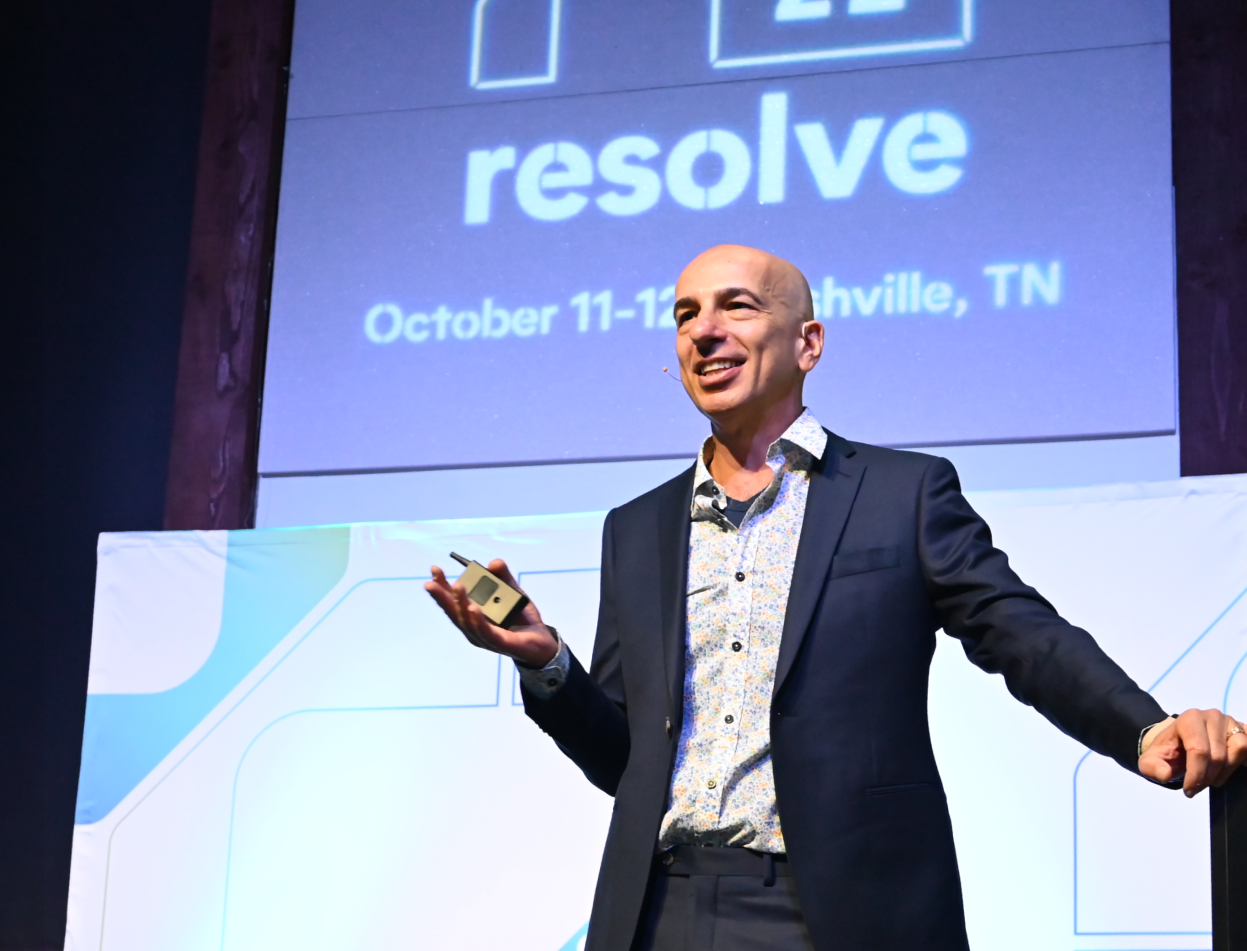The success of contact centers has always relied on carefully balancing customer service capacity with customer demand. It’s incredibly difficult to get this balance right though. Contact centers still struggle with it, resulting in long wait times, dissatisfied customers, and increased costs.
With the evolution of AI, contact centers are starting to overcome these challenges. By using AI to bring elasticity into their operations, contact centers can always match their capacity with customer demand to achieve 1:1 customer service. The concept behind this is called elastic customer service.
What is elastic customer service?
Elastic customer service is the ability to scale customer service up and down based on customer demand, without ballooning costs, training new agents, offshoring, or planning for seasonal fluctuations. Contact centers achieve elasticity by using AI to create a 1:1 agent-to-customer ratio and maintain that ratio at all times. Whether you’re receiving double or 10 times the amount of your normal contact volume, AI is capable of responding to all customer requests immediately.
Having the ability to quickly expand and contract your capacity creates a more fluid and flexible model where contact centers can meet the needs of customers and the business — no matter what’s happening. Your contact center will always be able to service your customers the moment they call, eliminating hold times and improving customer satisfaction.
Autonomous contact centers are the key to adopting an elastic customer service model. They use the power of voice AI to resolve Tier-1 customer service issues without burdening agents with repetitive, high-volume calls or keeping customers on hold. If an issue can’t be resolved by AI, customers are seamlessly transferred to a live agent. Customers don’t have to repeat themselves because agents are provided with a detailed summary of the call, enabling them to pick up right where the AI left off.
How elastic customer service provides a better method for scaling contact centers
Contact centers have primarily used human agents to scale. However, scaling this way is costly and difficult.
Whether you’re hiring more on-site agents or outsourcing, employing more agents is expensive. On-shore full-time agents cost about 80 cents to $1.50 per minute, while off-shore BPOs cost 40 to 60 cents per minute. Aside from the monetary cost, there’s also the time and effort spent hiring and training new agents.
Agent reliability is also unpredictable. High turnover means contact center leaders don’t always know if an agent is going to quit or simply decide to not show up the next day. It’s impossible to predict when agents will get sick or when there are conditions that prevent agents from coming into work, like a snowstorm.
Even when there’s only a small number of agents out for a day, this creates a major disruption in your operations. The ratio of customers to one agent increases, which puts more pressure on agents to get through calls as quickly as possible. This impacts customers’ experience, as they have to wait on hold and may receive lower service quality.
Instead of slowly scaling your operations with human agents, elastic customer service enables contact centers to adjust their capacity in minutes. AI quickly ramps up in response to higher call volumes and scales back down just as quickly when volume goes down. Plus, AI works 24/7, can take any number of calls simultaneously, and never tires from handling repetitive calls. By having AI act as a first line of defense for incoming calls, fewer calls need to be answered by live agents.
This speed and flexibility enables companies to grow their customer service faster. Since agents are only handling a fraction of all call volume, you can rapidly acquire new customers and ensure they’re supported.
Download The Ultimate Guide to Elastic Customer Service to learn more about the advantages of elastic customer service and how to adopt it.






